Transgenerational grief, sometimes called transgenerational trauma, refers to situations where a grief event was so powerful within a family that it was carried on to the next generation and sometimes multiple generations thereafter. In a very real sense, this is the “gift that keeps on taking” that can be passed on through a family.
The three cultural situations where this form of Disenfranchised Grief have been most frequently been discussed concern:
- The First Nation peoples of Canada, Native American Tribes and the indigenous people of Alaska. These societies dealt with the “invasion” of immigrants who saw themselves as more “culturally advanced.” In many cases, these new settlers, and the governments who supported them, down played the value of these native cultures and placed the native children in western-based schools that forbid the practice of native traditions and even the speaking of native languages. Many of these people felt a deep sense of grief over the loss of their cultural heritage, which has been passed down through the following generations. It’s only in the relatively recent past that the “Indian Schools” have been redesigned to celebrate their heritage. Sadly, despite reforms, the damage that was done in generations past still deeply impacts these native populations today. The high rates of substance abuse, suicide, and a sense of hopelessness are well documented within many of the Native American reservations.
- Holocaust survivors and their families have also been identified as a group who continue to deal with transgenerational grief. The deep sense of grief and loss felt by those who lived through the horrors of the concentration camps are unimaginable to anyone outside that experience. As those survivors went on to have children after their release, it’s understandable that they shared their stories of heartache with them, not realizing the continuing grief and emotional impact it would instill in them. Studies have shown a far higher rate of dependence on therapeutic counseling among the subsequent generations of those who lived through the holocaust than in the general population, as these people continue to deal with the horrors, fears, and loss instilled in them by their parents.
- This form of grief has been noted as well within families who have dealt with child loss. After going through this tragic experience, these parents are often far more protective of their other children, sometimes to the point of instilling their fears of another such loss into their children’s belief systems. When this fear is deeply instilled, it can even be passed on to the next generation, as these children become parents themselves.
Download our free Grief Recovery Method Guide for Loss Ebook
Beyond these three groups, there have been others who have been identified as possible potential victims of this form of grief as well. A sidewalk Santa, in New York, noted after the terrorist attacks of 9/11, parents were much more cautious of letting their children visit or have contact with him. In a sense, this is an example of the ever-growing concept of “stranger danger” that we pass on to our children, without even realizing the long-term ramifications that can come with it.
There is the famous story of the Hatfields and McCoys, who carried on a feud in Kentucky in the late 1800’s. While it was originally the elder generation that were at odds with each other, the ongoing grief of that fight was passed on to the next generations. There are nations, and cultural pockets within nations, that have been at war with each other for generations around the world. This is particularly evident in the Middle East and Africa, but hardly restricted to those geographic regions. The feelings of grief and loss have been passed down to the ongoing generations and continue to fuel the flames of war and hatred.
The concept of transgenerational grief many have been only recently identified, but it is hardly unique to the last few generations of the world population. During the Spanish conquest of Central America, the conquistadors, and the monks who followed them, destroyed all but four of the Mayan codices, in an effort to convert the population and eliminate what they saw as “heathen” practices and traditions. The true history of this civilization that had an advanced written language, mathematic skills, and deep knowledge of astronomy is still being rediscovered. The loss of the history of their culture has been felt for hundreds of years by these people and passed on to future generations. The concept of trying to erase cultural history was a common practice of colonial powers throughout world history, and has been an ongoing source of transgenerational grief.
Now that we have identified it, what can be done to assist these grievers?
No one has yet developed a time machine to would allow these elements of grief to have been effectively dealt with in the past. That gives these grievers but two choices: to continue to be burdened by the losses of the past, or to find a way to deal with that grief and not pass it on to the next generation.
To follow the first option guarantees that there is no relief and that continued suffering is inevitable.

While there is no way to change the bad things that happened in the past that continue to negatively impact these grievers, there is the option of taking positive and effective grief recovery action. The choice to take this action does not mean that these people are making a decision to discount any of these past losses and say that they were not significant. Instead, it is making the conscious decision to move beyond the stranglehold these past losses continue to have on their happiness and outlook for the future. Once they have effectively dealt with their emotional pain, it puts them in a far better position to take the needed action to make sure that these wrongs are not perpetuated into the future. It can give them the clarity of thought to recapture the positive elements of their family or cultural heritage to pass on to future generations. It can give them the opportunity to rise above their historical pain and move forward. As Viktor Frankl, a holocaust survivor said, “Everything can be taken from a man but one thing: the last of human freedoms - to choose one's attitude in any given set of circumstances, to choose one's own way.”
The Grief Recovery Method offers an effective means of taking this action to deal with the emotional pain of transgenerational grief. It not only gives people the opportunity to address the original event that first triggered this grief, but also the tools to deal with the grief of having this pain transmitted to you through the past generations of your family.
This approach is spelled out in the “Grief Recovery Handbook,” which you can use on your own, or with the assistance of a Certified Specialist trained by The Grief Recovery Institute. The advantage of working with a specialist is in having a trained person there to assist you as you take the action steps spelled out by the authors.
Unlike most other books on grief and loss, this is a true action plan. The authors walk with you on this journey and explain each step with examples of how they themselves took these steps. It’s not a book written as an intellectual set of exercises, but rather one that speaks to your broken heart. It deals with grief as a natural emotion, rather than a malady or illness, and offers the reader the necessary direction to deal with how it impacts his or her life.
Grief can be overwhelming in how it limits our ability to live from day to day. When that grief has been implanted and reinforced from generation to generation, it can be even worse. It can leave you feeling like there is no other option but to continue to live with that pain and sense of hopelessness. You can continue to be a victim of the past or you can choose to be a survivor. The greatest gift of taking action for yourself is that you can also stop this continuing cycle of transgenerational grief from being passed on to the next generation.
You cannot change what happened in the past. You can, however, take action for yourself, so that whoever or whatever caused that pain no longer controls your ability to be the best person possible.
If you found this article helpful information, here are some other articles that might be of interest:
Moving From Victim To Survivor

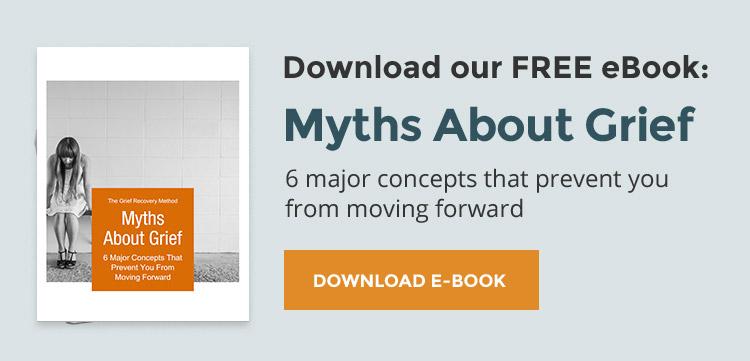
Photo Credit: 123RF Stock Photo











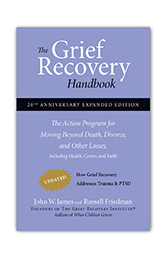
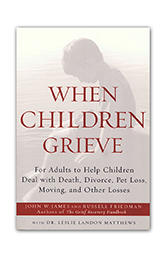
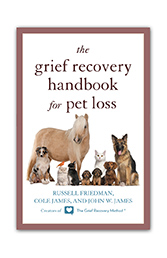
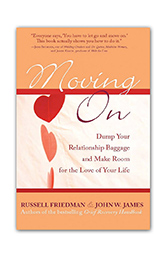
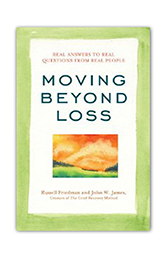
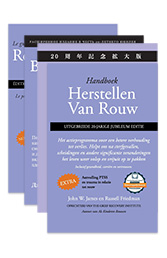

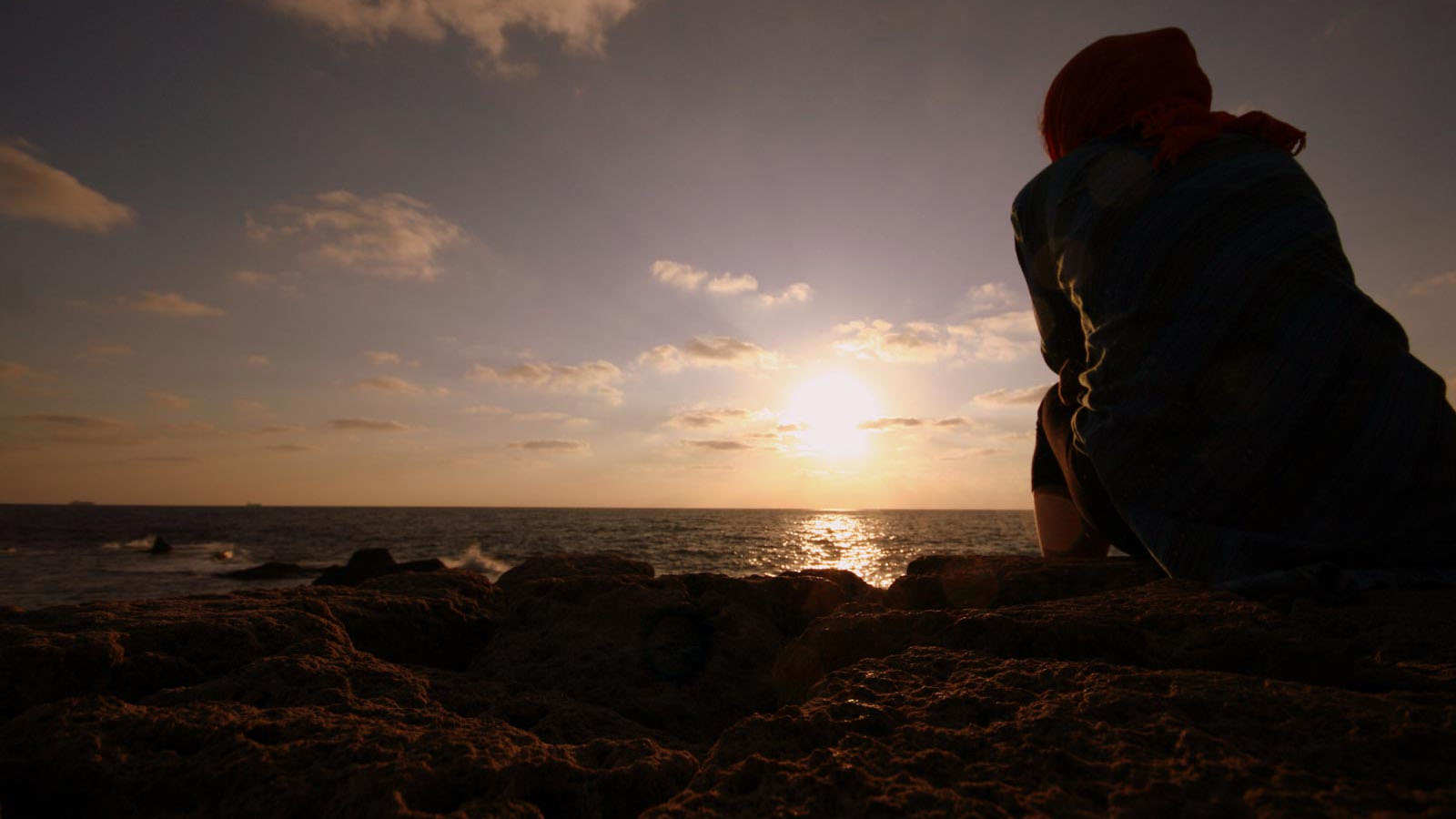
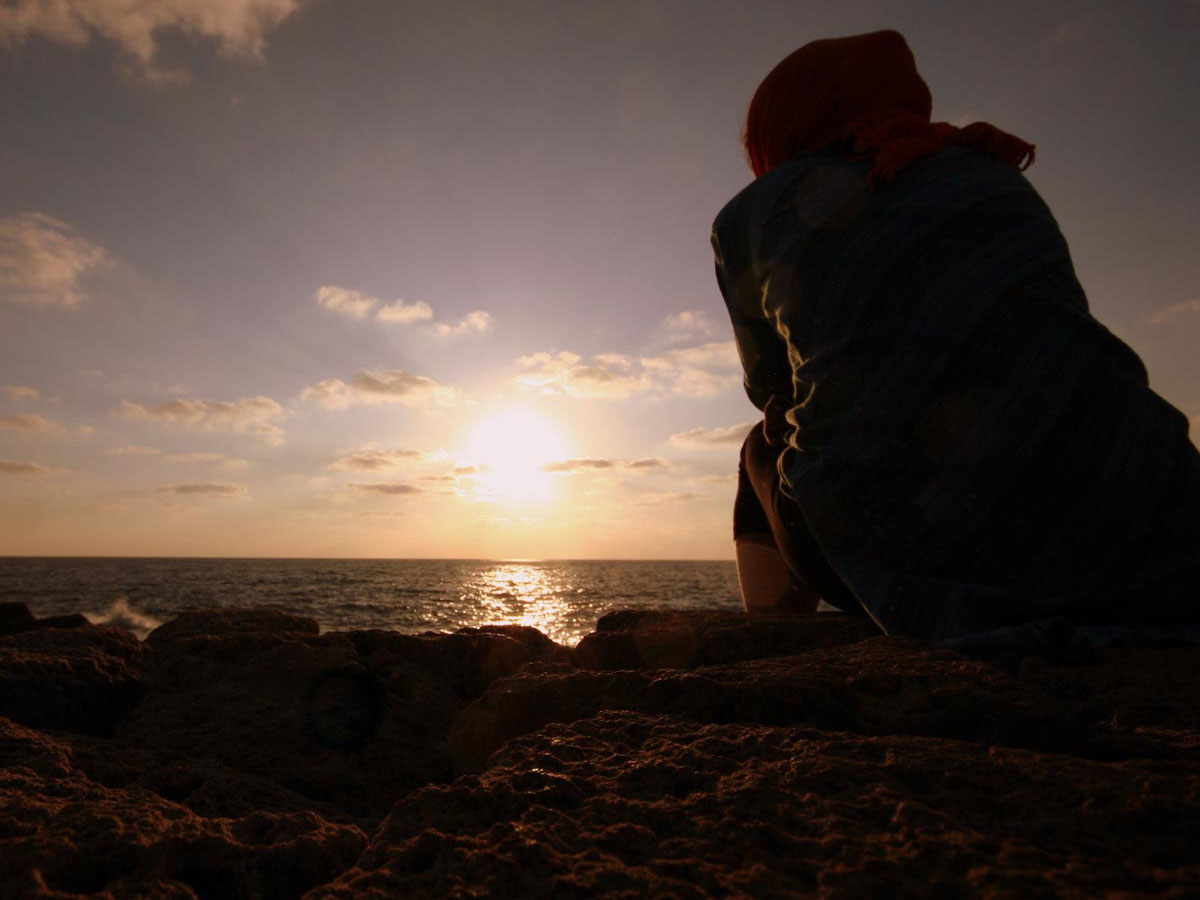

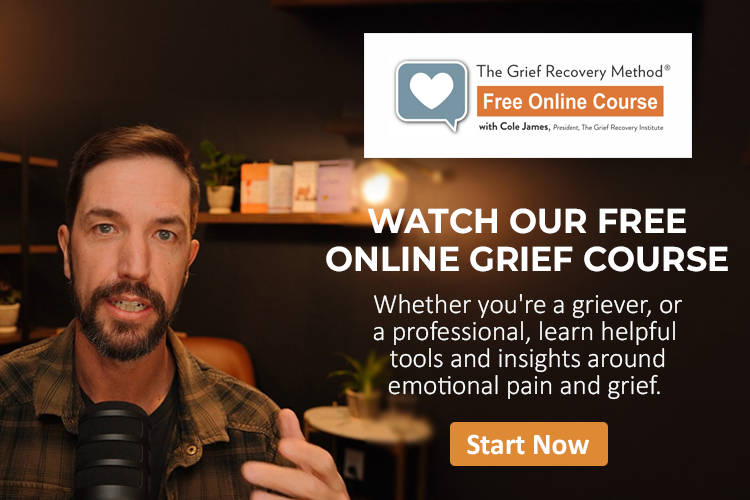
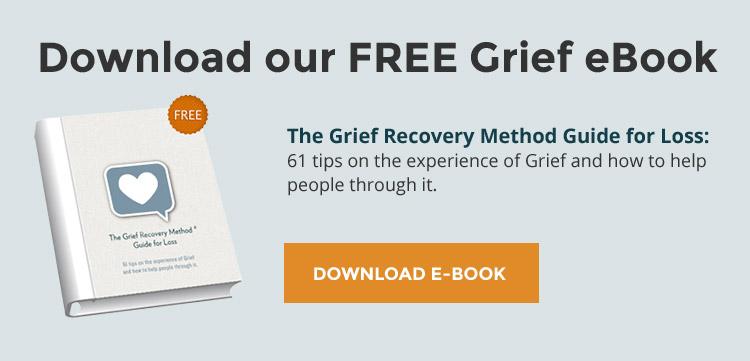
Comments
Jacquelin Maxwell
Yolanda Perez Sr., GRM Spanish Certify
I am doing Spanish Grief & recovery I 'm very happy helping people on their own language. I just started my first English client I gave her the choice to find one our certificate GR on the metroplex but she decide work with me. So proud and challenge for my self.
Mary Cloud, BSW, RSW
Thank you
Add new comment